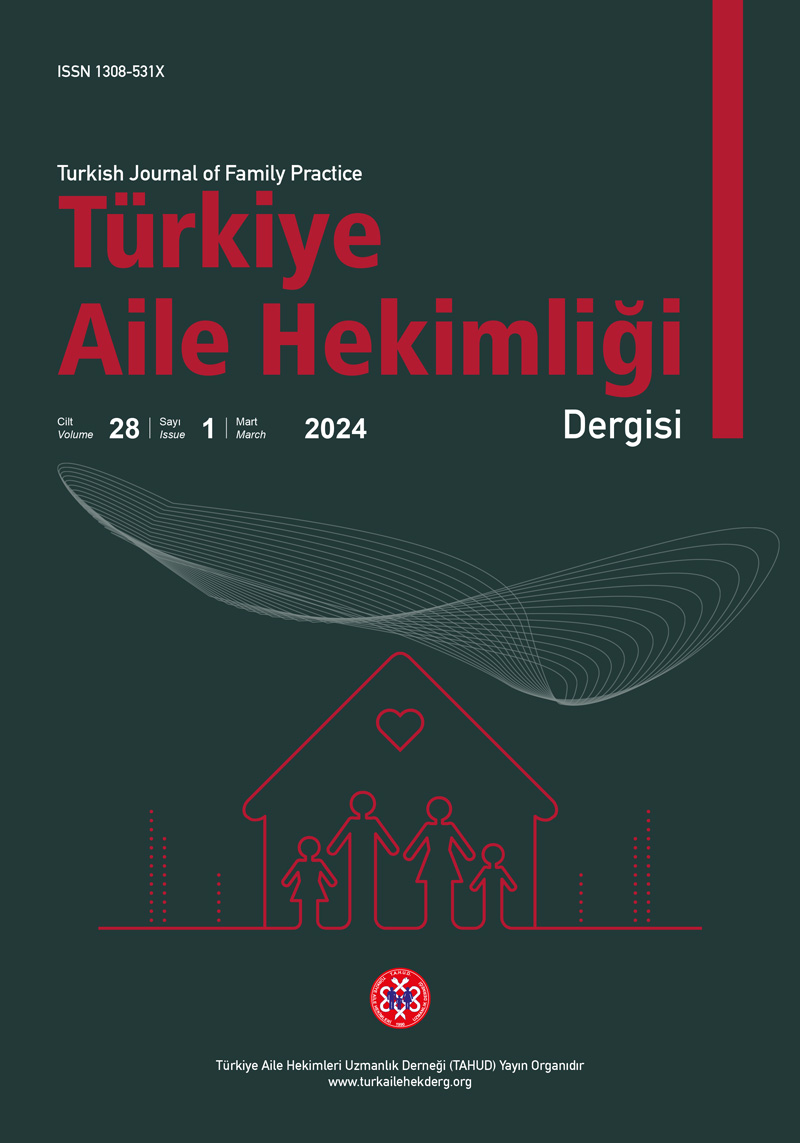Abstract
Objective: Increasing breastfeeding rates has been defined as the most important global priority in health policies. In this study, we aimed to examine the relationship between mothers’ perception of breastfeeding self-efficacy and factors affecting breastfeeding success in the postpartum period.
Methods: This single-center, descriptive cross-sectional study included 248 pregnant women who gave birth at the university hospital between July - November 2022. According to the postnatal availability of the mothers, their approaches to breastfeeding were questioned by face-to-face questionnaire method and their breastfeeding competence was evaluated using the postnatal breastfeeding self-efficacy scale.
Results: The mean age of the mothers was 28.0±4.8 years and the mean breastfeeding self-efficacy scale was 54.04±7.15 points. The rate of formula feeding with breast milk immediately after birth was 52.4%. Mothers started formula supplementation because they thought that they did not have enough milk to feed their babies (25.4%) and that their babies were not full (15.3%). While 30.6% of the mothers thought not to give the baby a pacifier at all, 41.5% stated that they did not give the baby a pacifier immediately but would give it when the baby got used to breast milk. In our study, breastfeeding self-efficacy was found to be statistically significantly higher in mothers who had higher income levels (p<0.001), lived in extended families (p=0.025), had a male baby (p=0.026), received prenatal breastfeeding education (p=0.008) and had higher education (p<0.001).
Conclusion: Mothers who are knowledgeable about breastfeeding and have a positive approach to breastfeeding tend to initiate and continue breastfeeding longer. Starting from the prenatal period, all pregnant women should be informed about breast milk and infant feeding and should be supported unconditionally in the postnatal period.
Keywords: Breastfeeding, breastfeeding success, breast milk, self-efficacy
Copyright and license
Copyright © 2024 The Author(s). This is an open access article distributed under the Creative Commons Attribution License (CC BY), which permits unrestricted use, distribution, and reproduction in any medium or format, provided the original work is properly cited.










